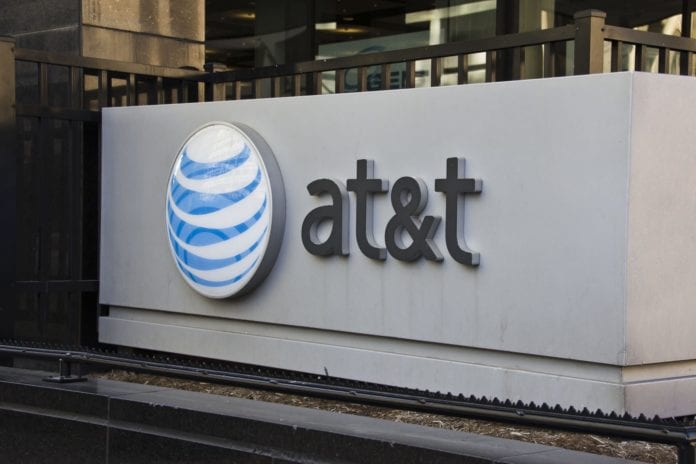AT&T announced this week that it wants to have 70% of its traffic on open network platforms within the next few years and will spend up to $14 billion with Ericsson to make that happen. In remarks at the UBS Global Media and Communications Conference this week, AT&T CEO John Stankey gave some additional insights on how the telecom giant approached the decision and its related long-term strategy.
First of all, he put the numbers in context: that $14 billion covers a five-year period, while AT&T will be spending about $24 billion on its network this year.
“This is a component of our investment. It’s not all of our investment—it’s not all of our RAN investment, either. It’s a portion of it,” Stankey explained. But, he continued, now was the right time for AT&T to make the move.
AT&T has been “working hard on O-RAN for a number of years,” Stankey said. “There’s been progress, but it’s bene slow progress.” The current slowdown in 5G capex intensity in the U.S. market provided AT&T with leverage to push major network vendors into pursuing its interest in Open RAN. As Stankey put it, there was an opportunity to strike an agreement “where we [could] drive vendors into a position to move more aggressively on O-RAN to position us long-term,” whether that means being prepared for a new spectrum pipeline, the next round of the network investment cycle, or 6G. “We want to make sure we’re ready to go when those moments occur,” Stankey concluded. “And we can take advantage of a little bit of a lull right now in the supply base of what’s going on in terms of existing equipment.”
Addressing AT&T’s choice to make Ericsson the lead vendor on this initiative, Stankey said that when the carrier considered how to get to the “most modernized network that gets the most traffic across … potentially open interfaces”, it ultimately went with Ericsson. “By 2026, we’ll have about 70% of our traffic across infrastructure that effectively will have interfaces on it that could be opened up for other suppliers,” he said.
Long-term, open interfaces let AT&T have the possibility of a more diverse vendor base. AT&T expects to have fully integrated Open RAN sites up and running starting next year, working with both Ericsson and Fujitsu. As it scales, the carrier has said it will be working with “multiple suppliers such as Corning Incorporated, Dell Technologies, Ericsson, Fujitsu, and Intel.” Stankey added at the UBS conference that “Nokia could be one of those suppliers of that more diverse vendor base that we ultimately start working toward.”
He added, “We’d obviously like to see multiple players there,” because it will help AT&T manage costs, bring in innovations in smaller infrastructure site packaging and increase its overall efficiency.
But, the CEO added later, he doesn’t necessarily expect O-RAN to be the sort of “secret sauce” that will drastically reduce what is, still, ultimately, capital-intensive deployment of infrastructure. What AT&T expects is that it will help moderate that capital intensity. “We’re fighting this never-ending battle of getting more efficient to … keep up with traffic. I think that battle will continue,” he said. But Open RAN will help AT&T see more efficiency on a unit level, he explained, and “will be a tool that we’ll use to continue to manage this and keep ourselves in that mid-teens level of capital intensity” while balancing investments in other parts of its business that it also sees as important—like fiber.


